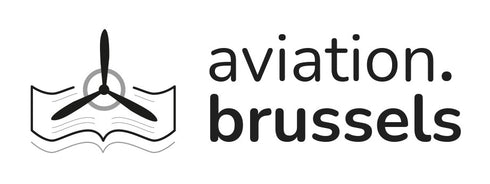The Wartime Journals of Charles A. Lindbergh













Prix régulier 200,00 € TTC 6%
Characteristics
| Book cover finish | Canvas finish, Headband, Hardcover ( rounded spine binding ) |
| Special features | First edition, Slightly damaged dust jacket |
| Condition | Old, like new |
| Number of pages | 1038 |
| Published date | 1970 |
| Languages | English |
| Size | 17 x 25 x 6 cm |
| Author | Charles A. Lindbergh |
| Editor | Harcourt Brace Jovanovich, Inc. |
Description
Introduction
The quarter century that has passed since the ending of World War II has dimmed our recollection, which is reason enough for us to be interested in reading a unique record of that terrible time. But the years have also lessened our sense of ceritude. The past is always compromised by the present : many of the assurances of long ago, on re - examination, turn into questions and speculations. Both the exercise of memory and the writing of history tend to make it so, however different they are in resource. The historian will attempt to read the whole record of the past so far as he is able, but since he cannot write the whole record, he will select those events and circumstances that accommodate his thesis or his bias or his style or whatever. Those selected items of occurrence become, as Max Weber concluded, the facts of history.
So, too, in writing of the moment, as in a diary or journal, an act of selection takes place. One must decide what was significant in the course of a day before he can keep a reasonably short record of its passing. Yet the journal becomes, in the hands of a serious and candid person, an exceptional means by which events can be depicted literally, which is to say depicted with both accuracy of account and a constistency of view.
( ... ) General Lindbergh undertook to keep his journals in November of 1937 because, as he says, he recognized the portent of the time and realized, too, that he fortunately able to speak to leaders and representatives of the world's large military powers He kept the journals until the Summer of 1945 ; they close with an account of his return to the broken cities of Europe. ( ... )














